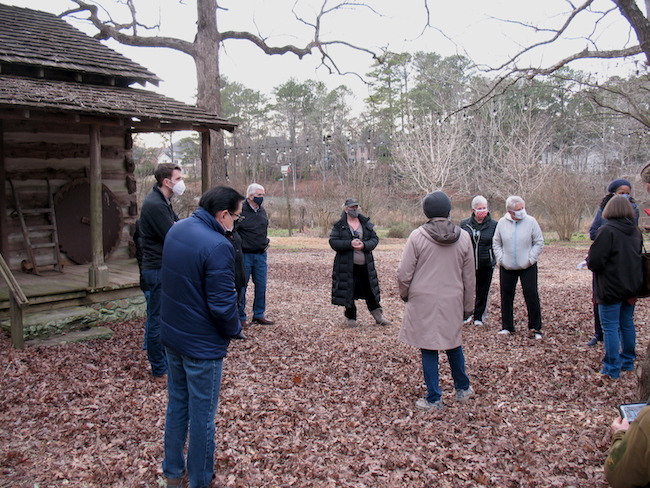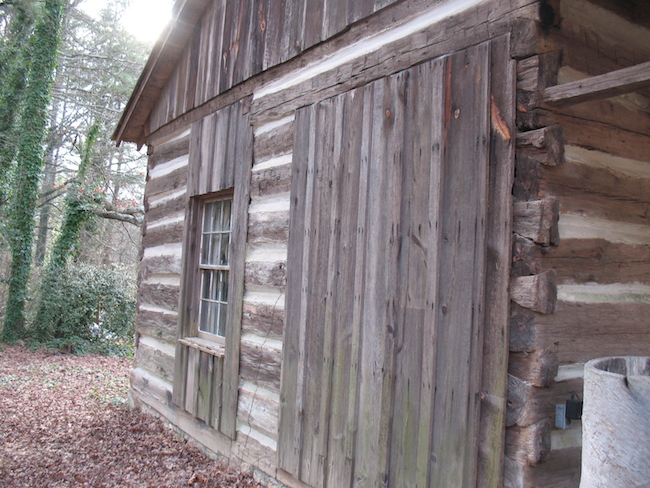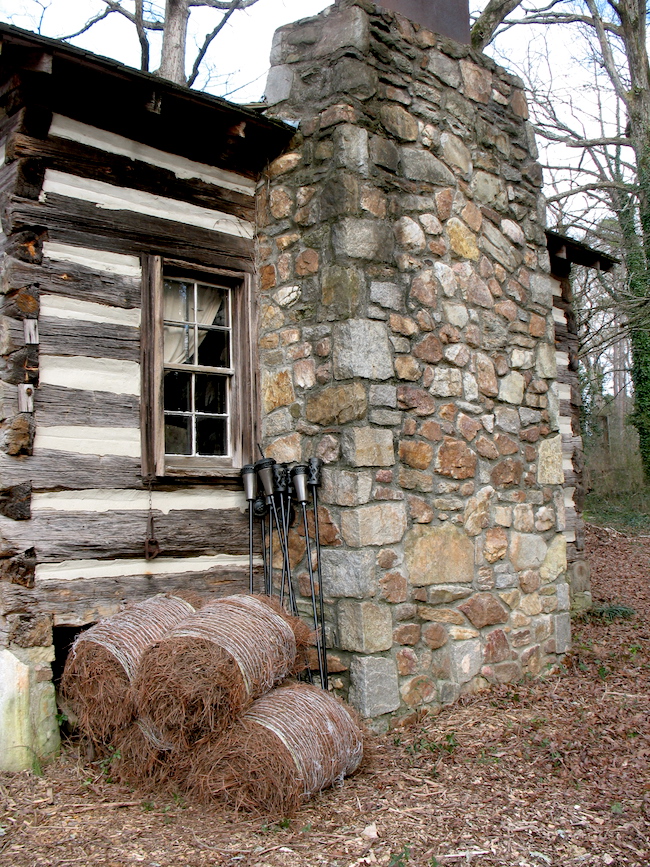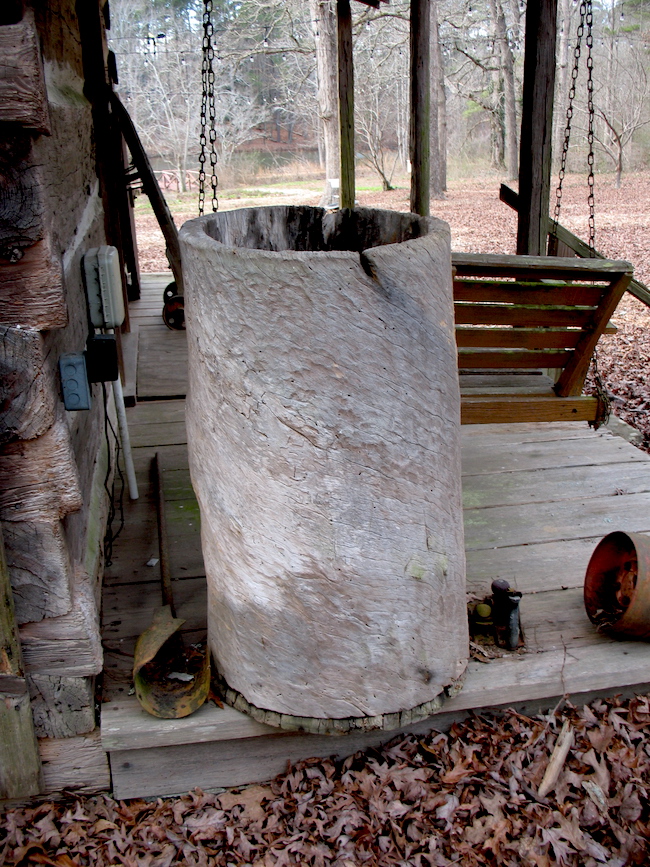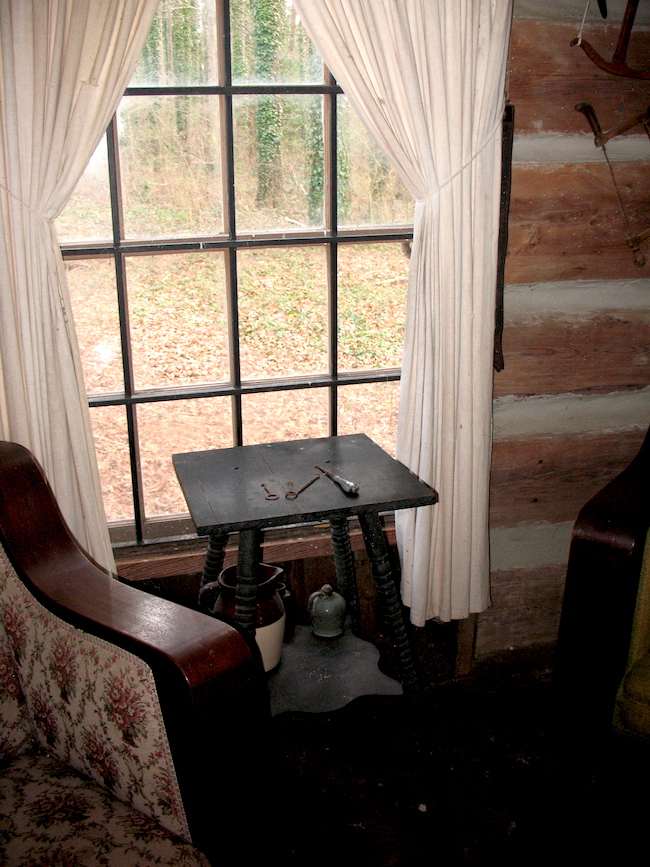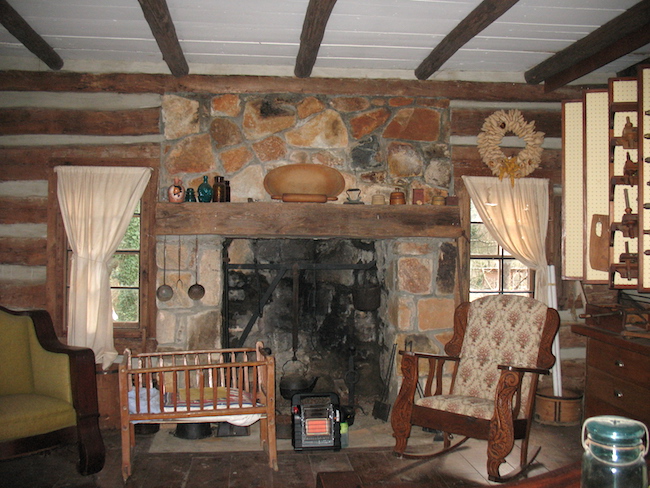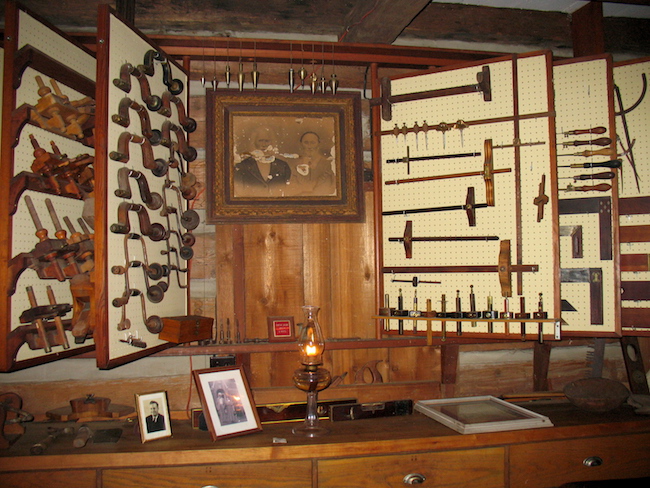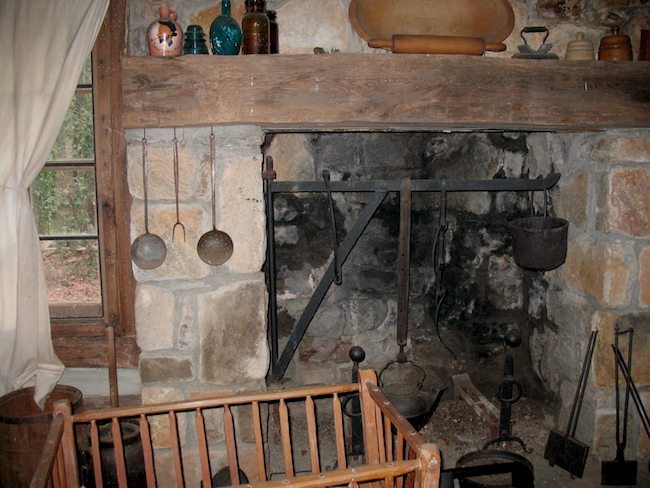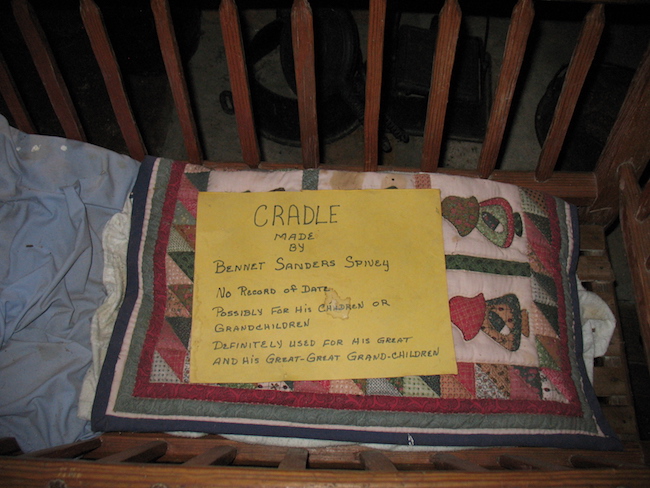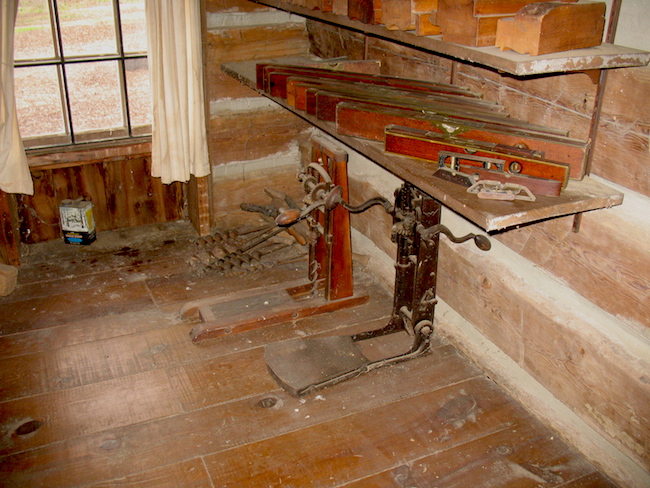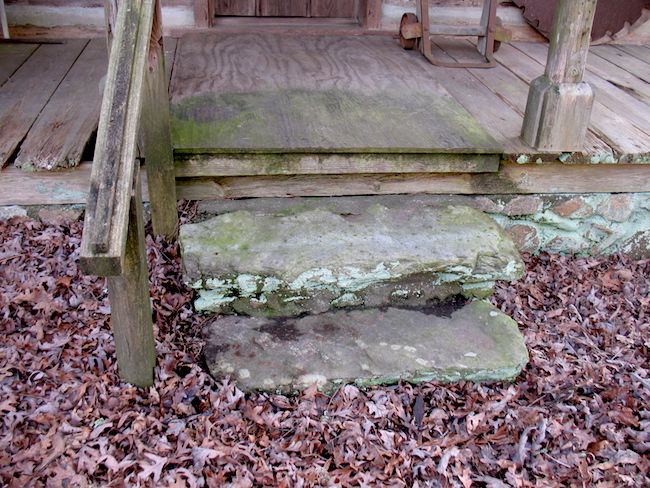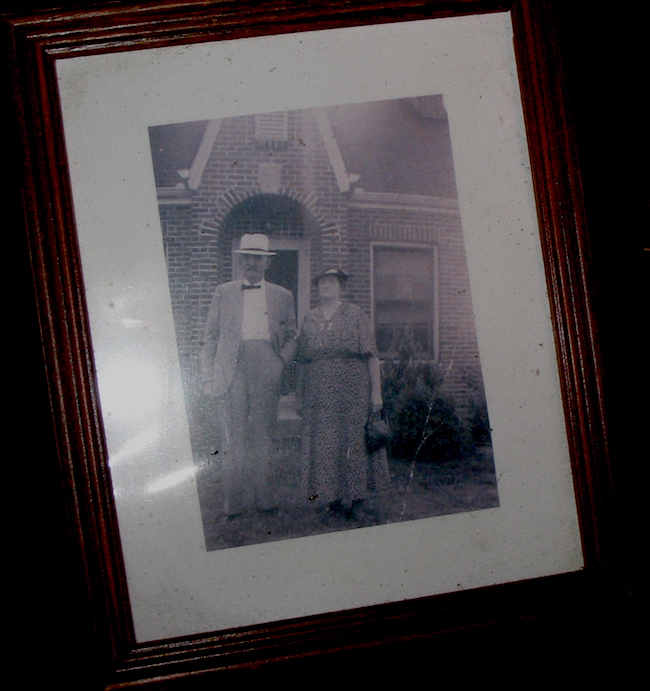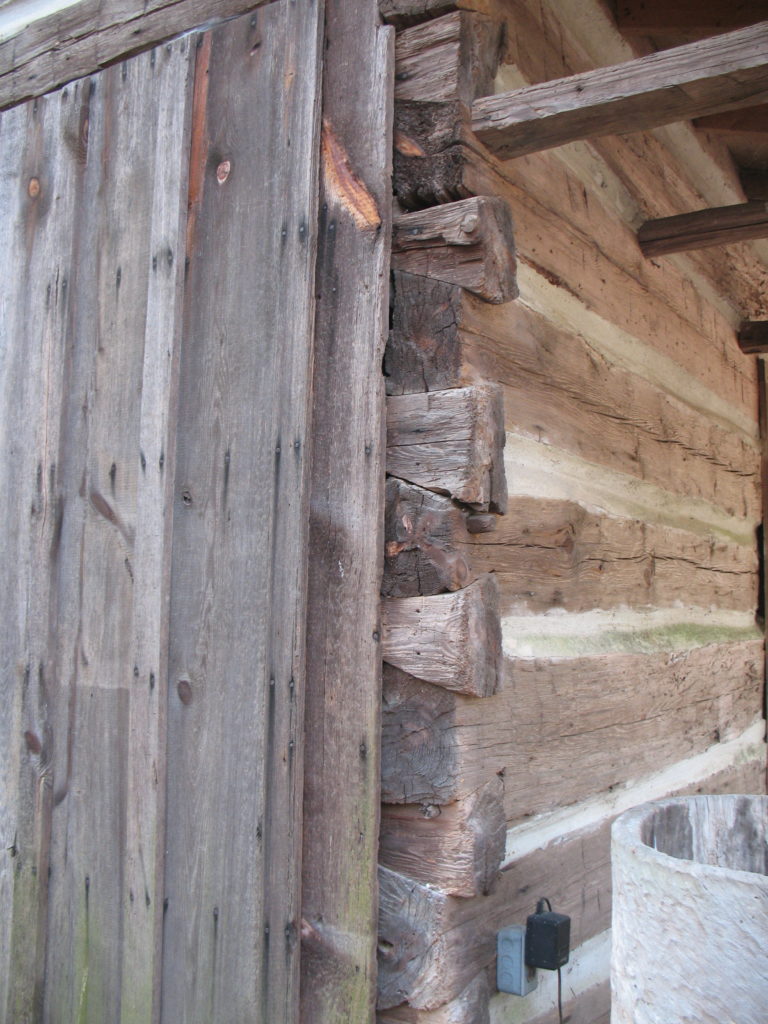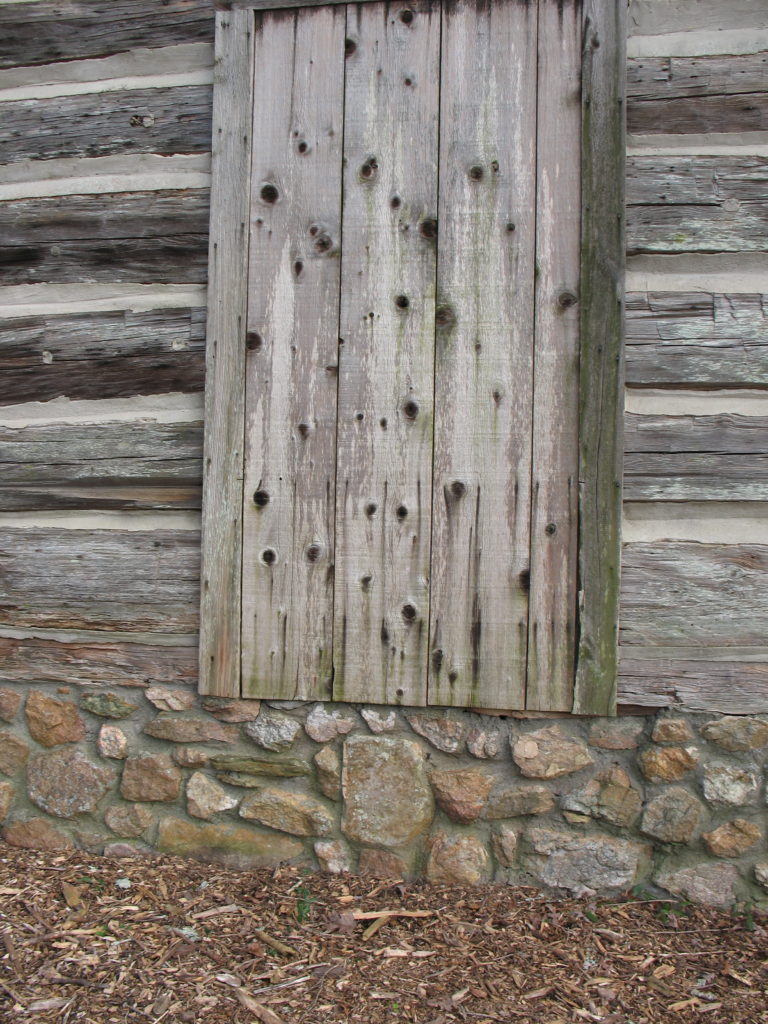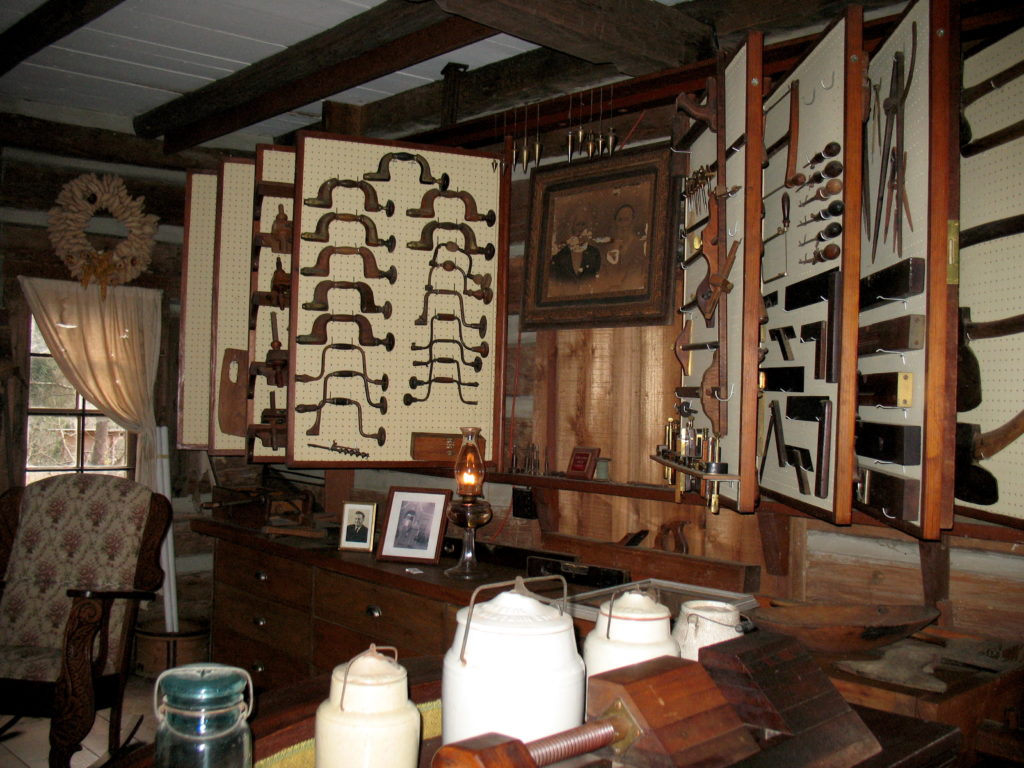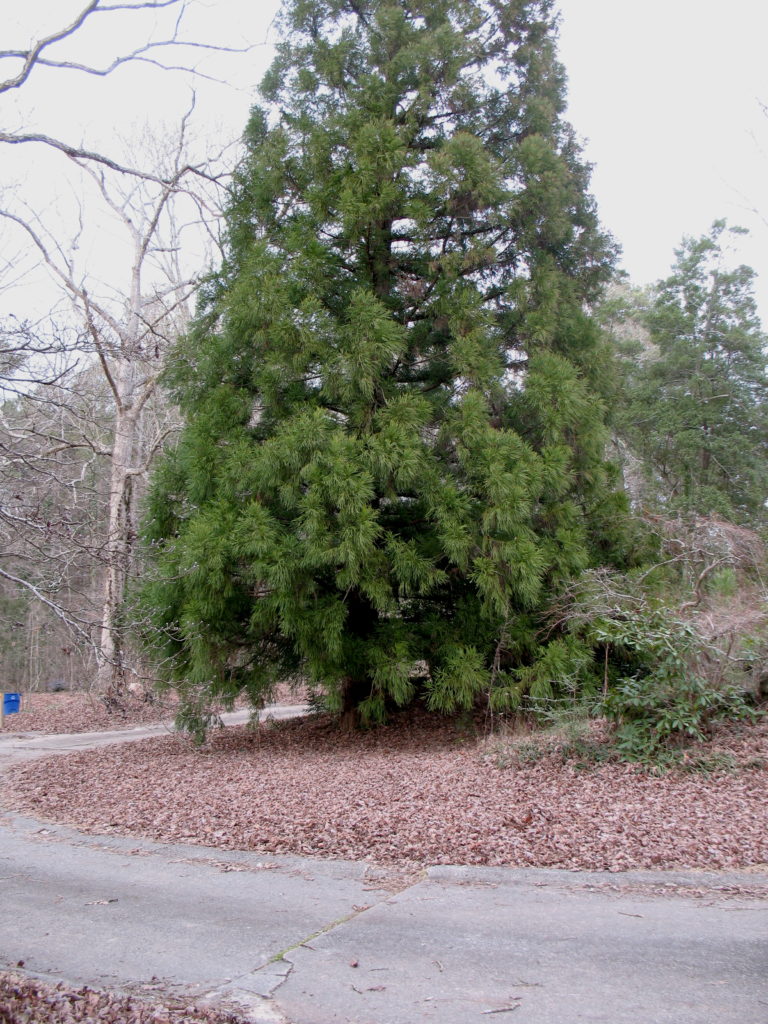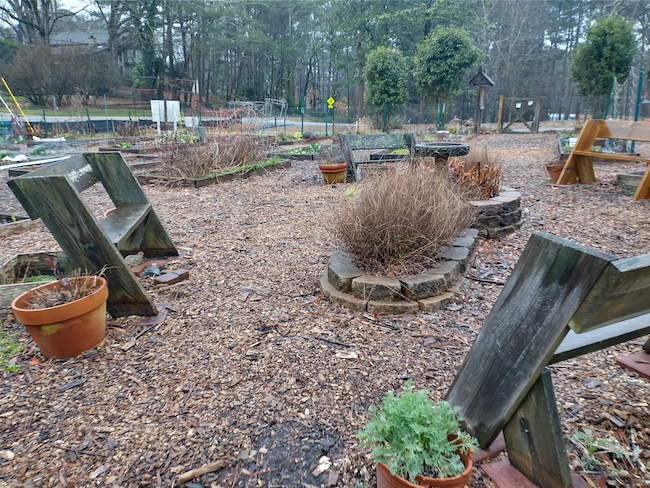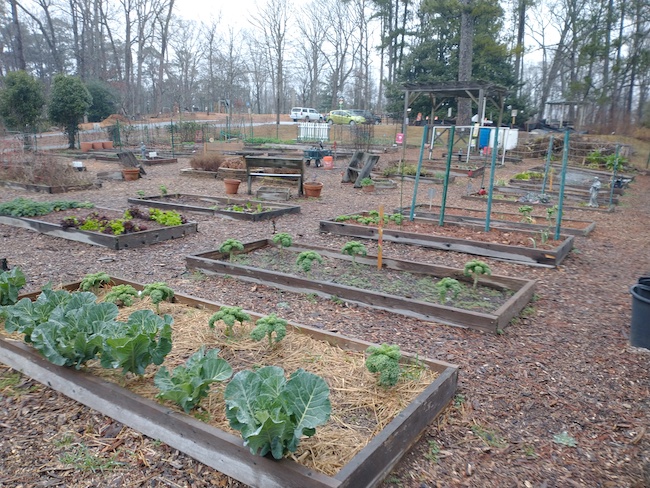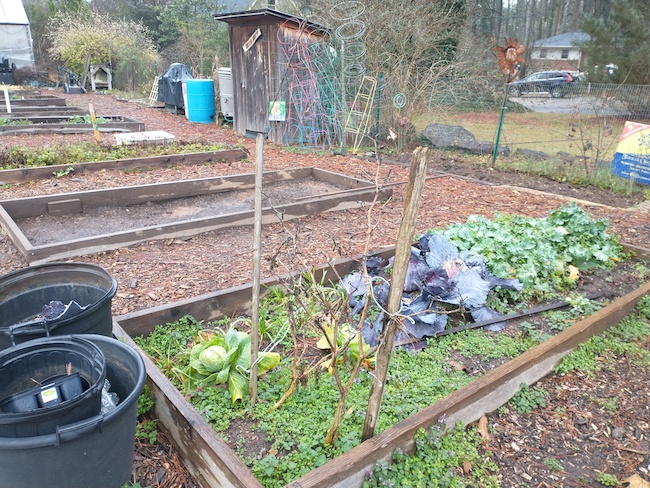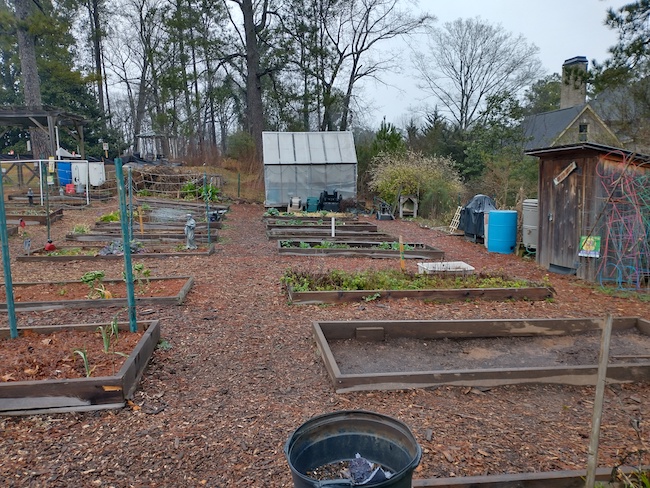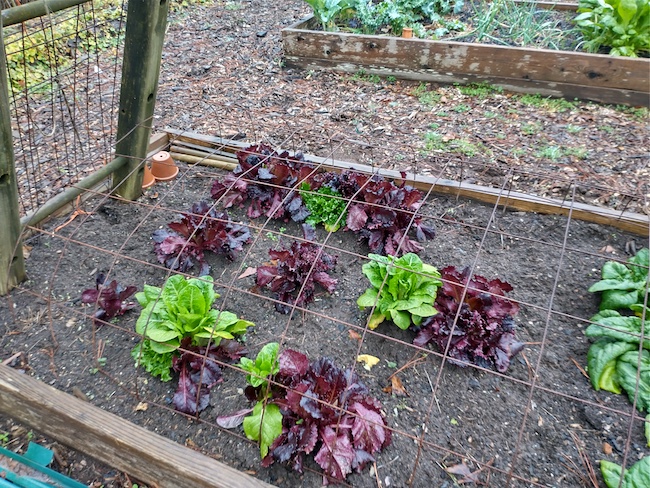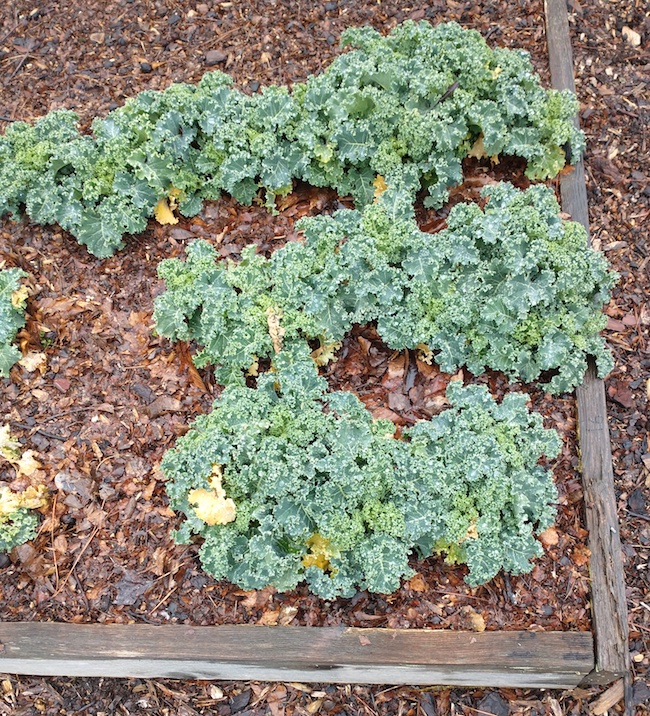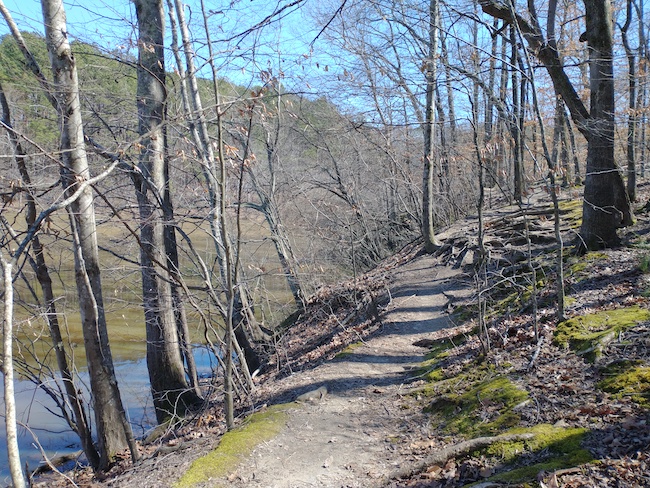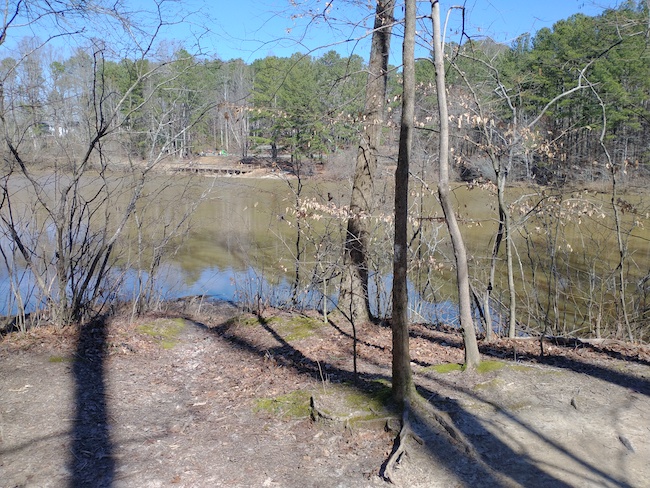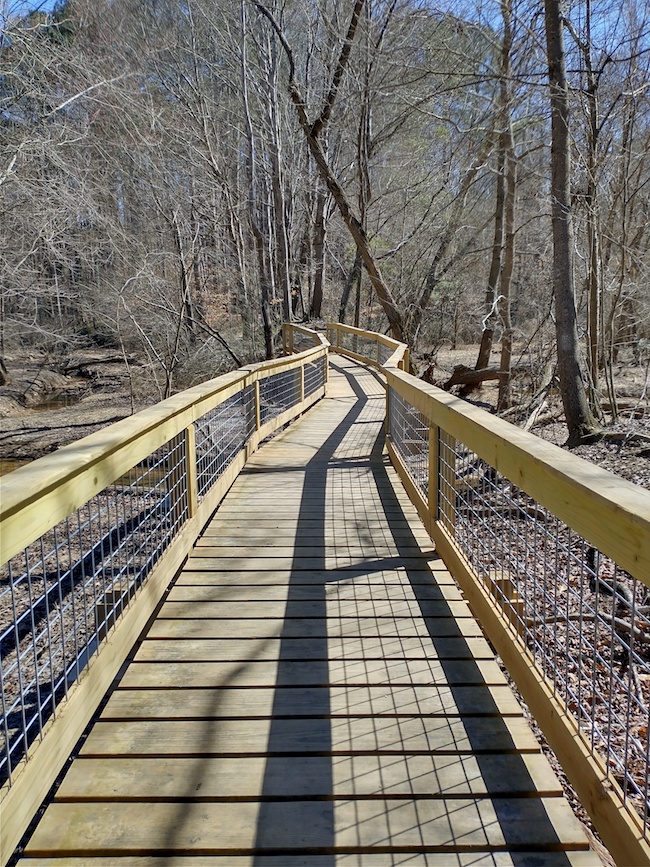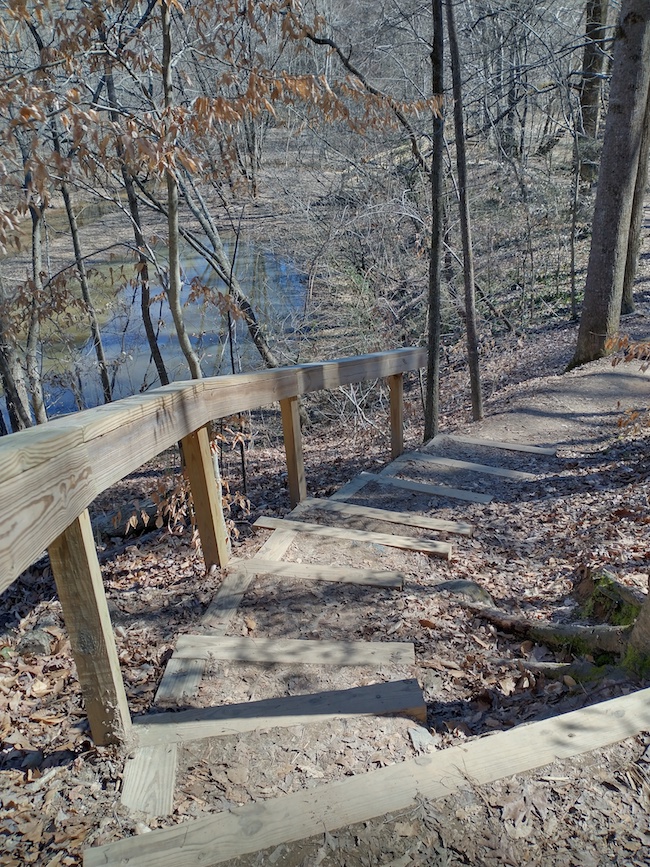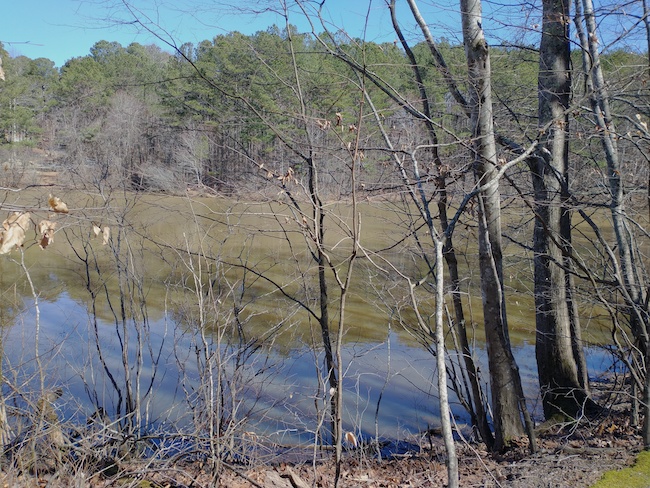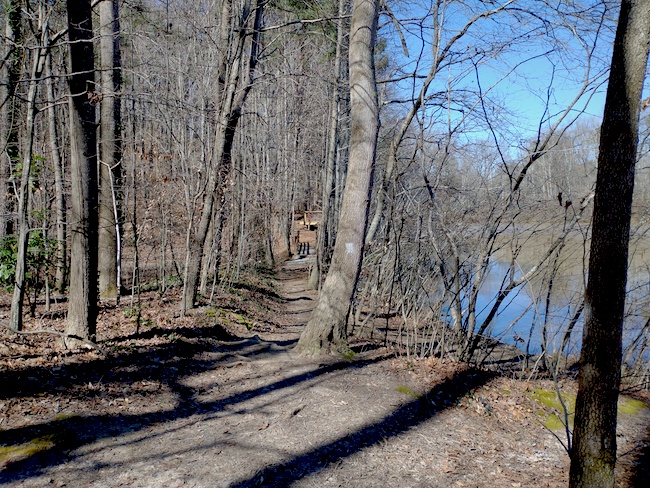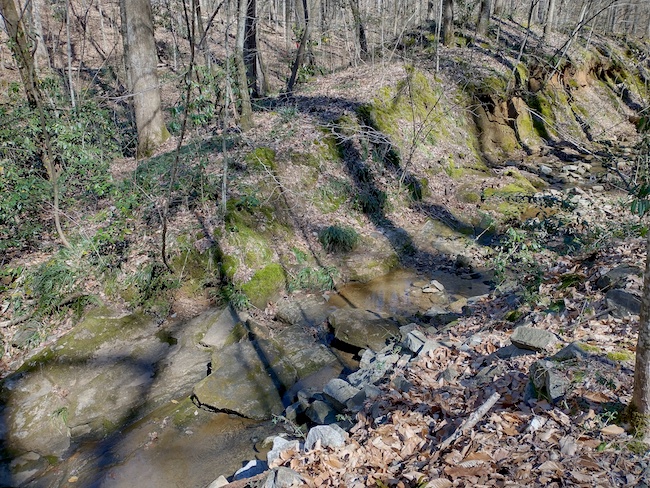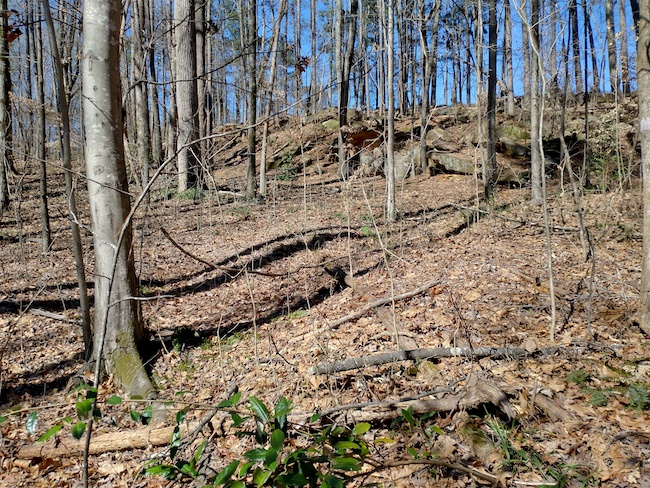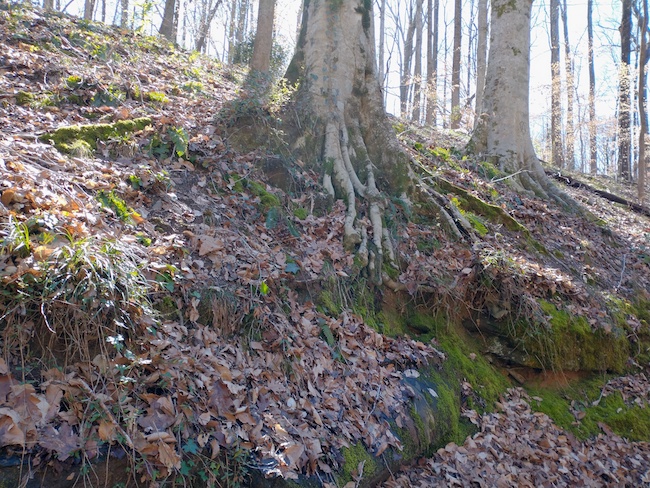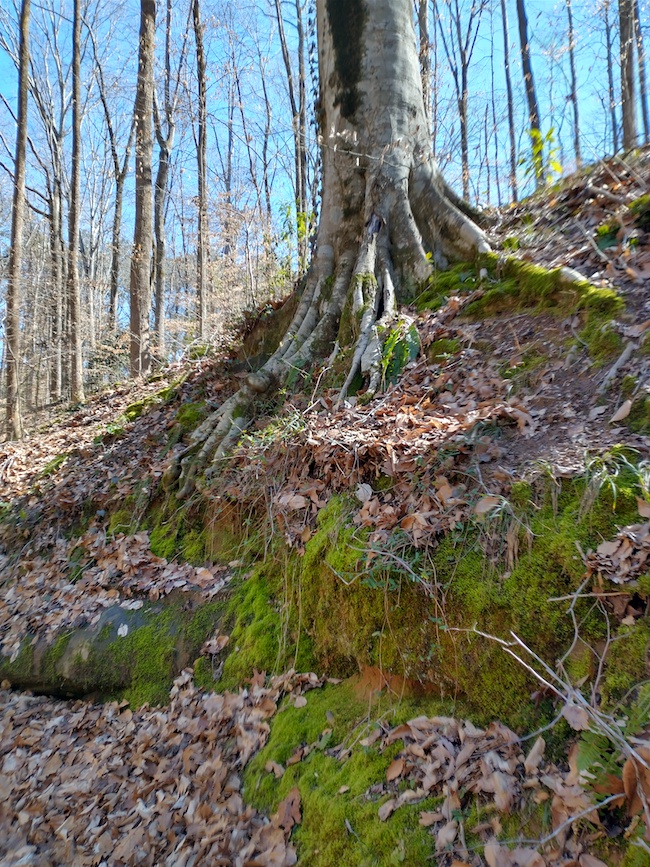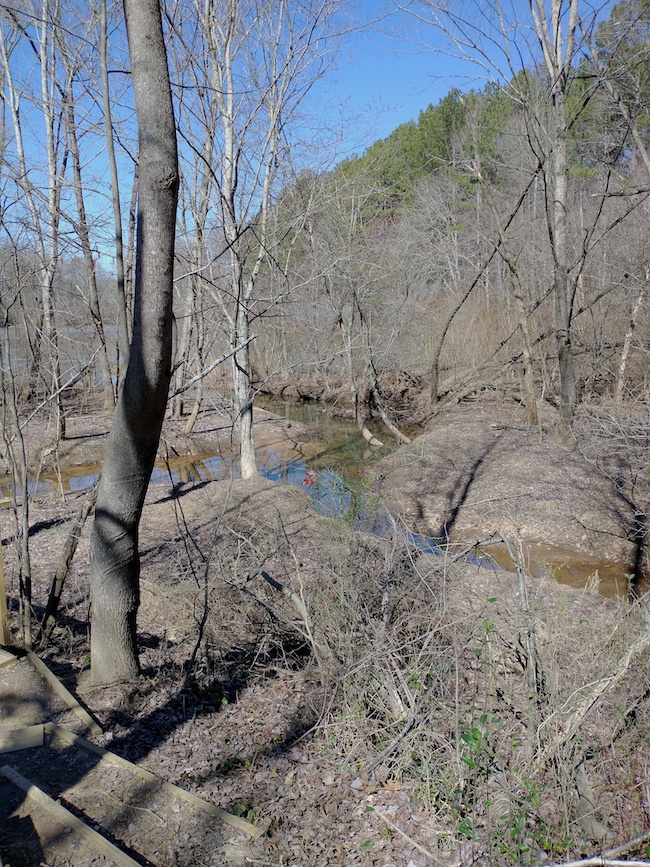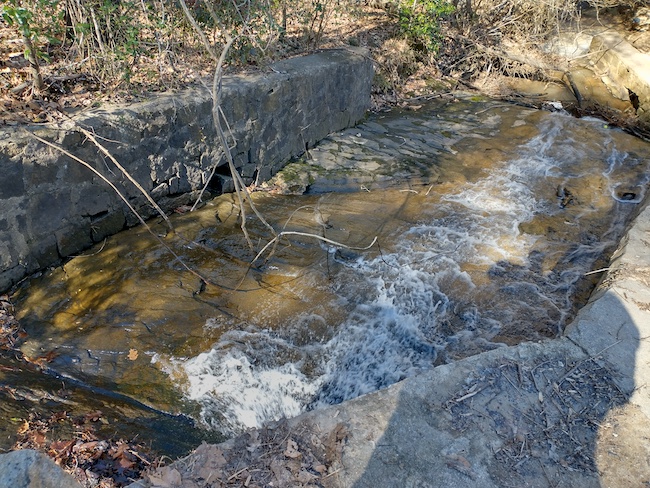It’s too bad that when founding our supposed free country we mistakenly assumed that indigenous peoples, large predators and ‘weeds’, all of which we knew very little, needed to be eradicated. We the colonizers merely carried on Britain’s tradition, along with Spain, the Netherlands and every other major power at the time.
Bad developers are a remnant of that original push to colonize, but unlike a great power, their only motivation is profit. They’re more like dysfunctional families. They come into an area with little regard for a community’s character, abuse the environment, and then abandon the project once their goals (profits) have been met. And just as happens within a family, the developer inflicts pain and unnecessary burdens on a community and environs.
However, not all developers are nasty, selfish or passive-aggressive brats. Some actually hire great architects and are learning to work with the environment to protect it. They reach out to the community, ask the right questions and listen. Without being direct, forthcoming and honest, a developer can end up with a community that distrusts them and wants nothing to do with the project. Sometimes the project can go through despite the community’s best efforts, but more often our County Commissioners adhere to the current zoning’s intent; to maintain the integrity and character of the specific neighborhood. Compromises can be made by adding conditions onto the zoning request.
Fortunately in the latest proposed project just outside Clarkston, the young developer from Chicago seems to fall outside any dysfunctional moniker. He knows resistance is inevitable, but he isn’t cowed by it. He vowed to visit often and keep talking to various spokespeople, and to try and forge an alliance based on compromise and negotiation. I hope those are not simply empty promises, for the environment’s and the community’s sake.
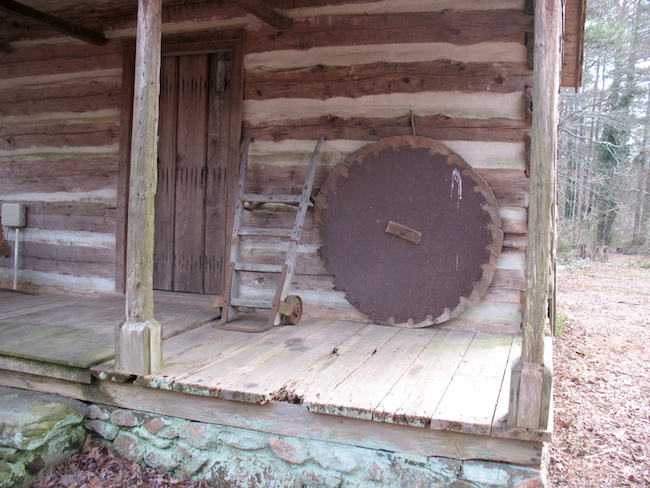
An organized and strong community will come together when under threat from rezoning or development, like the best of families in a crisis. Rather than fall apart, splinter or distance themselves during stressful times, these neighbors show concern and stand for each other, for the urban forests and wildlife that live there. They appreciate a quiet oasis in the midst of a raucous city, but more than that, they value their own thriving and nurturing neighborhoods.
They may not have amenities, like a coffee shop to walk to, or even walking trails like developers always promise, once they’ve graded and mostly destroyed the land. But the neighbors know that Red-tailed and Cooper’s hawks live in the tall pines and that coyotes and deer wander through streambeds at night. Those are the ‘amenities’ they value the most.
Another established neighborhood on Henderson Rd has a lovely park with trail system that meanders a couple of miles around Lake Erin, and offers a large network of community gardens. I was out there one cold, rainy morning with few other folks walking their dogs or just walking. The gardens were a highlight.
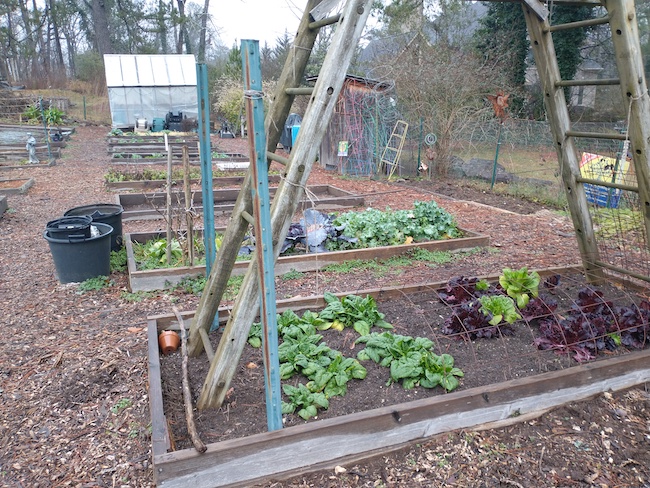
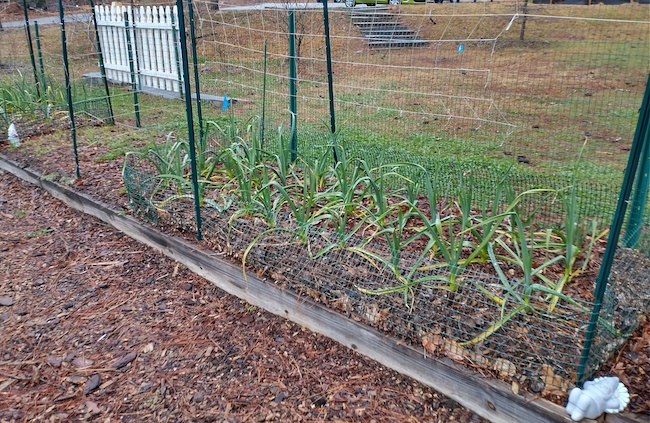
I returned on a sunny day to hike the trail around the lake. Muddy in places, there are handy elevated walkways to cross the stream. A popular park in Tucker, but almost everyone who crossed my path politely donned their masks when approached. Hiking Atlanta’s Hidden Forests is a gem of a book on urban walks in the metro area by veteran hiker and naturalist Jonah McDonald. I especially appreciate that he notes champion or specimen trees along the way.
When I lived in San Francisco my guidebook to urban walks was Stairway Walks of San Francisco by author Adah Bakalinsky, now 97 and honored with a staircase near Buena Vista Park named after her and a 2004 Beautification Award. I may have walked almost every hidden staircase in the city between 1997 and 2001.
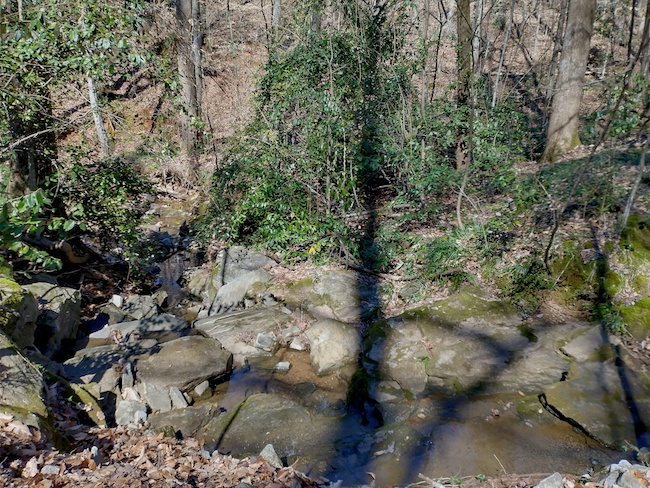
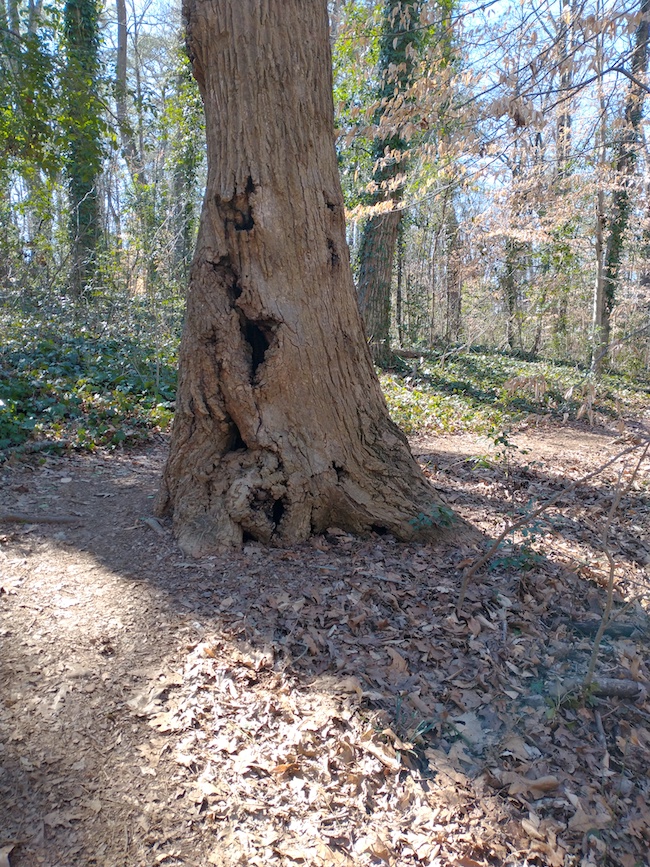
Change to an area can either be gradual or sudden, and in the latter case it’s usually a shock to neighbors who have lived their entire adulthood in one house, in one neighborhood and in one city. For those who’ve traveled extensively and lived in a variety of locales, flexibility and an open mind help to prepare for sudden change. Sometimes it can pleasantly surprise us.

